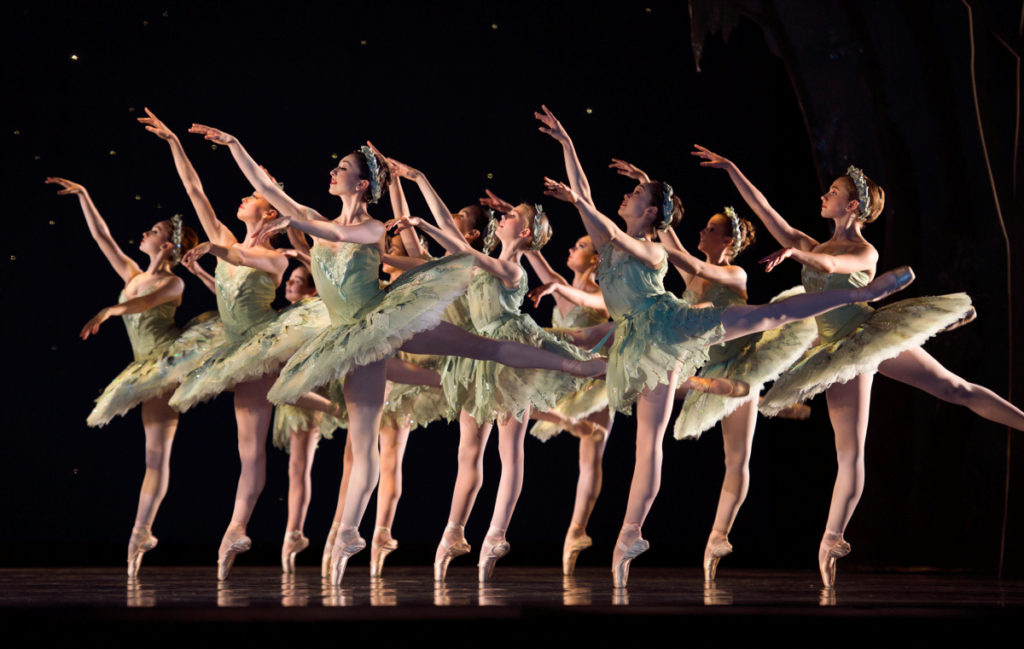Instant Expert: Don Quixote
What is a Driad?
Classical ballets are populated with all kinds of mystical creatures: sylphs, wilis, nymphs, shades, driads. If it’s a female supernatural being with wings, you’ll probably find it in a ballet.
In Don Quixote, our supernatural being of choice is a driad (a less-traditional spelling of “dryad,” taken from the Russian word, дриада). In Greek mythology, a driad is a wood nymph who inhabits a tree—usually an oak tree.
The most famous driad is Eurydice, whose husband, Orpheus, tries and fails to save her from death. George Balanchine’s ballet Orpheus tells this story. And driads appear in several other ballets as well, like Sylvia, choreographed by a variety of choreographers, including Frederick Ashton and Mark Morris; and The Dryad, made by Lew Christensen for San Francisco Ballet in 1954.

In Don Quixote, we meet a group of driads in the Dream sequence, after the Don goes tilting at windmills. They appear with their Queen, Cupid, and Dulcinea (the Don’s ideal woman, who is performed by the same dancer as Kitri). Ethereal and otherworldly, the driads reveal the beauty that lives within the Don’s imagination.
Header Image: Jim Sohm as Don Quixote with driads in Tomasson/Possokhov’s Don Quixote // © Erik Tomasson








